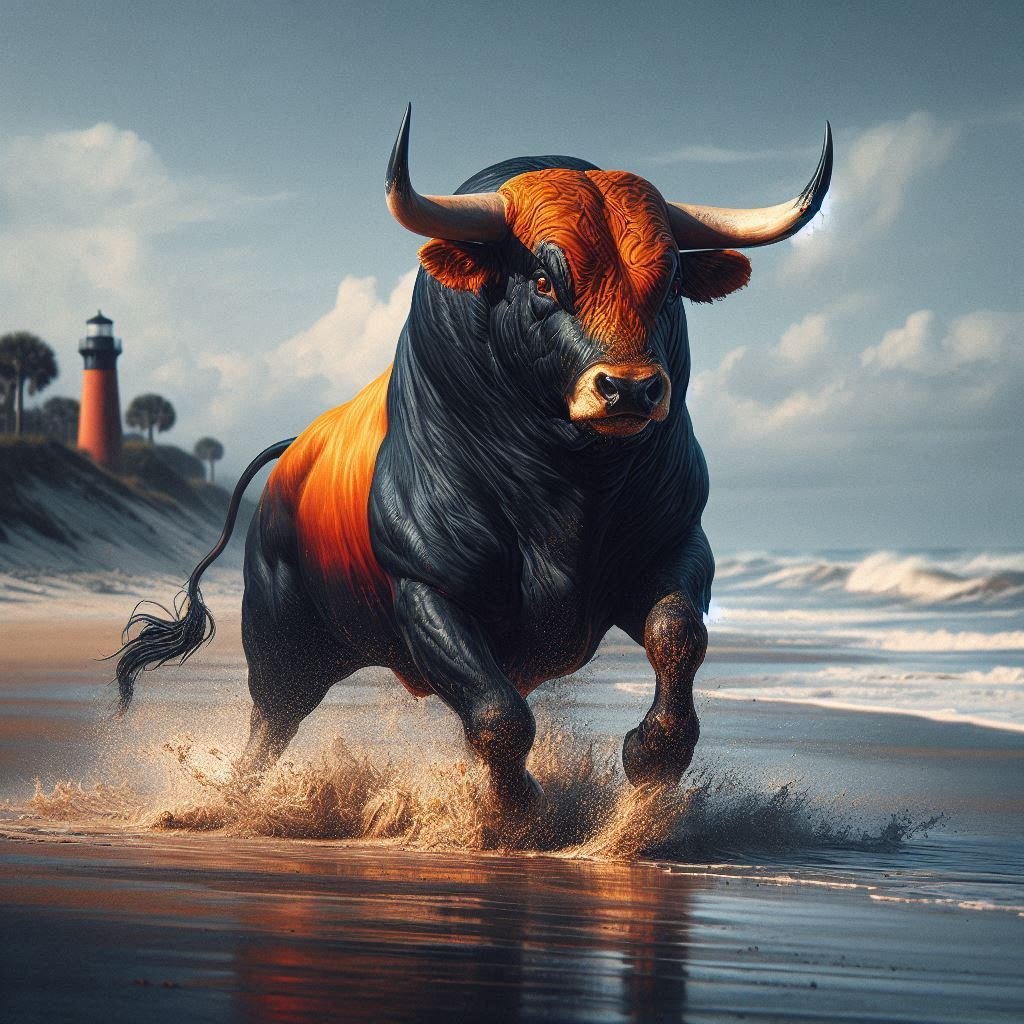
Cable's Last Days Pt.2
Sam Sykes ~ 05/05/2025
This is a Continuation of Part 1
Comedy
Comedy has reached an all-time low on cable television. The only people watching it are over 60 or those who haven’t discovered streaming or YouTube (and probably never will). The main issue plaguing TV has to be the censors and the shockability of its elderly audience. Think about it, if you are looking to write, direct, produce, and/or star in a new comedy series, how many restrictions would you be willing to accept on content. It’s not like the comedians fleeing to streaming and youtube are just inappropriate and gross, but really just want to expand the range of subjects and language that can be used to formulate a funny joke or scenario.
Old people are not used to seeing the avalanche of dicks, tits, and the word “fuck” on the silver screen and it can be quite shocking. With the exception of HBO who was ahead of the curve in terms of incendiary language and graphic sex and violence, the world of television has mostly been a place where the most you could do is subtly allude to sex.
The death of the staged sitcom is a great example of the decline of cable. If you had to list sitcoms you’ve actually watched, how many of them ended before 2010? Of course Boomers loved shows like Big Bang Theory but not many shows that are filmed in a sound studio can exist anymore. It’s too restrictive in a world where so many forms of comedy are readily available.
Thrillers
Do I really have to go after this one? These shows are the fucking worst. I’ve seen cable thrillers on tvs in waiting rooms and when flipping through channels, and I can’t believe anyone is able to buy-in to those storylines. Whenever I see one of these shows I think of all the 56-year-old morbidly obese women with oxygen tanks and mountain dews enthralled by the 41-minute mystery. It’s tv for people between and at doctor’s appointments.
Big Budget Dramas
Whether historical or fictional dramas, there is a clear winner in production values and content. Private streaming platforms like MAX, Netflix, and Prime are clear cut winners. Television programs on cable use enormous amounts of their budgets remaining in compliance with the overwhelming amount of overhead, bureaucracy, redtape, and regulations plaguing the industry. Streaming services have been able to start shows out with very modest budgets and scale up as demand grows. HBO paid Game of Thrones $50 million for 10 episodes in season one, but as the show grew in popularity and value, coupled with the future returns of HBO’s ownership of the shows rights, the budget ballooned to $90 million for six episodes in its final season. The budget may have tripled on a per-episode basis, but it was well worth it for HBO. The streamlined process of production has proved itself a success for streamers avoiding the traditional licensing problems cable faces.
The Gray Dollar
You can tell by the advertisements for vagninal mesh lawsuits and diabetes injections that there is a target audience. As time goes on, cable’s aging viewership is slowly dying off and not being replaced. I would assume there has to be some “recruitment” as younger generations get older and more susceptible to the mundane life of a TV watcher. Ultimately, there is no way cable can survive without serious shrinkage in production and consumer costs. I’m not a big data guy, but I was surprised to see that 85% of children aged 3-18 consider YouTube the primary form of entertainment. So long Saturday morning cartoons!
The End
As sad as the death of old man cable might be, it’s time to hold his hand and guide him to the light. We remember the good times, the bad times, and the nostalgia of crazy long commercial breaks and waiting a week to see how the hero made it out in the face of last week's danger. So long, and thanks for the memories.



